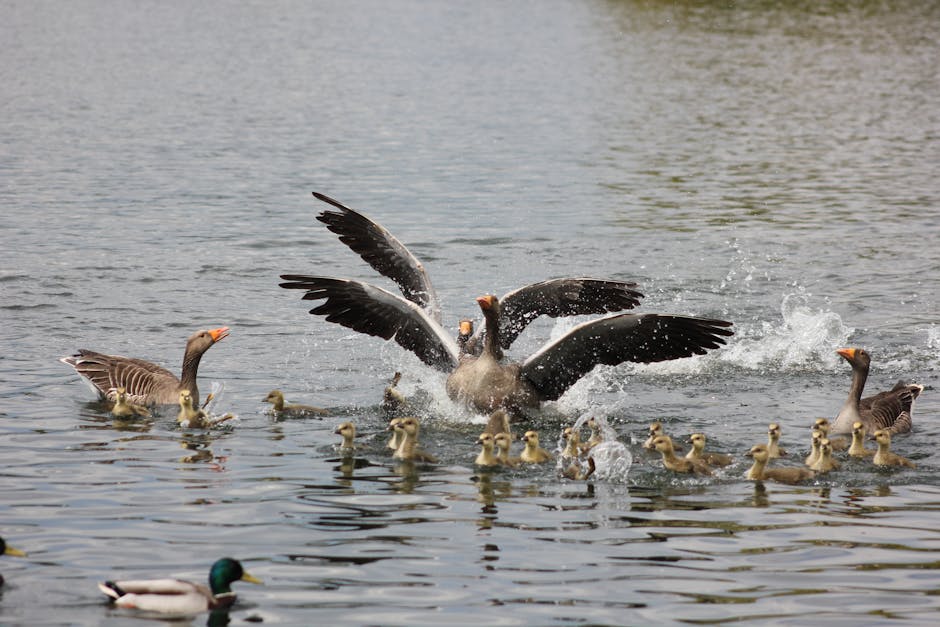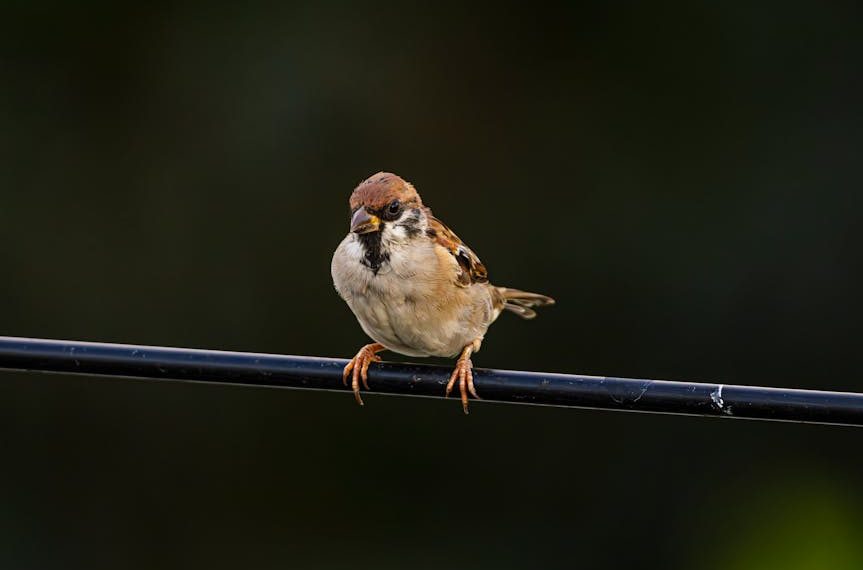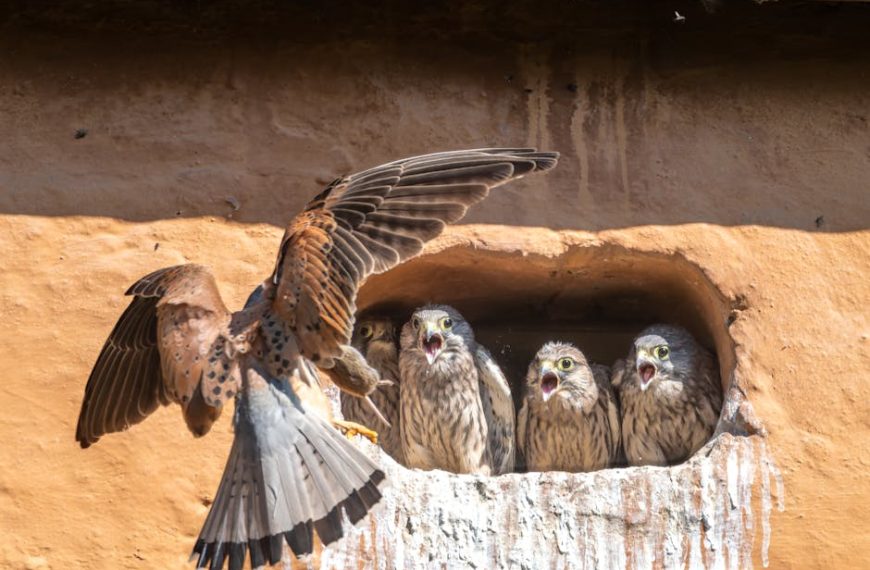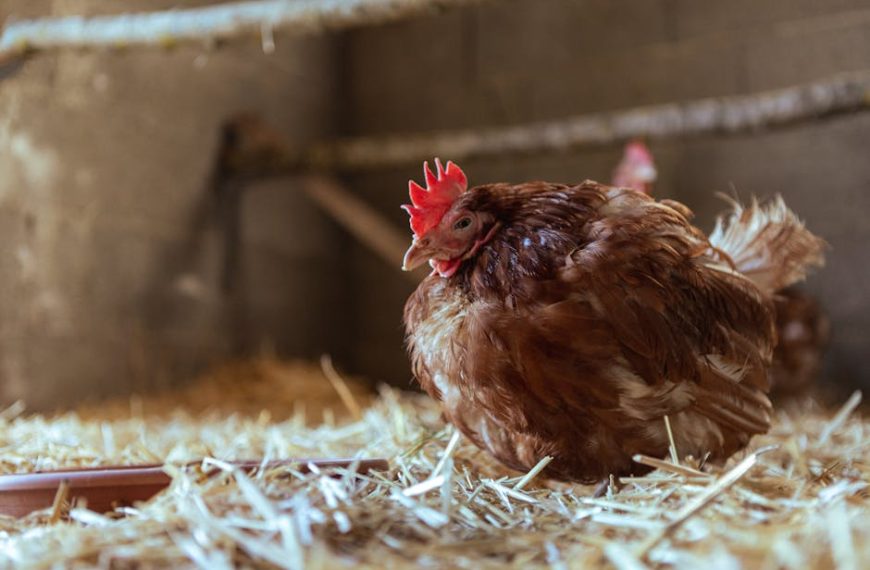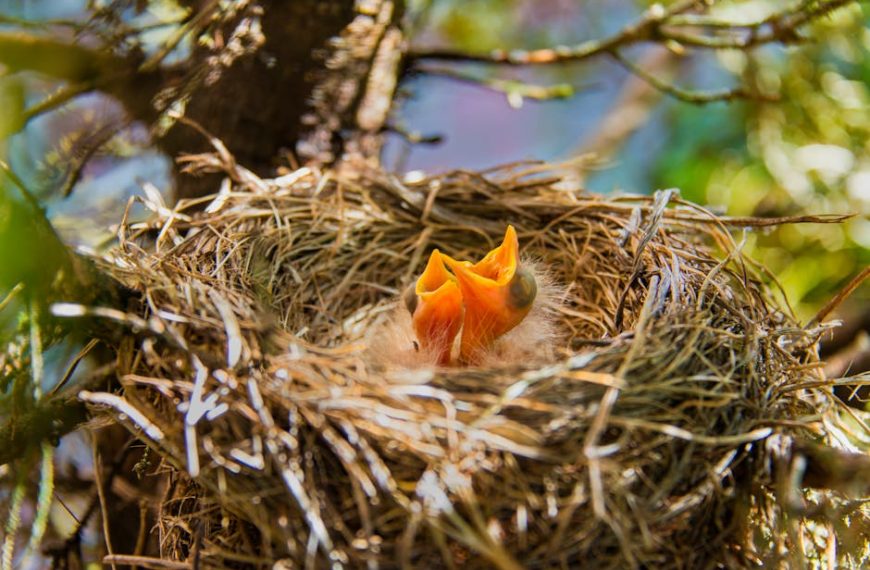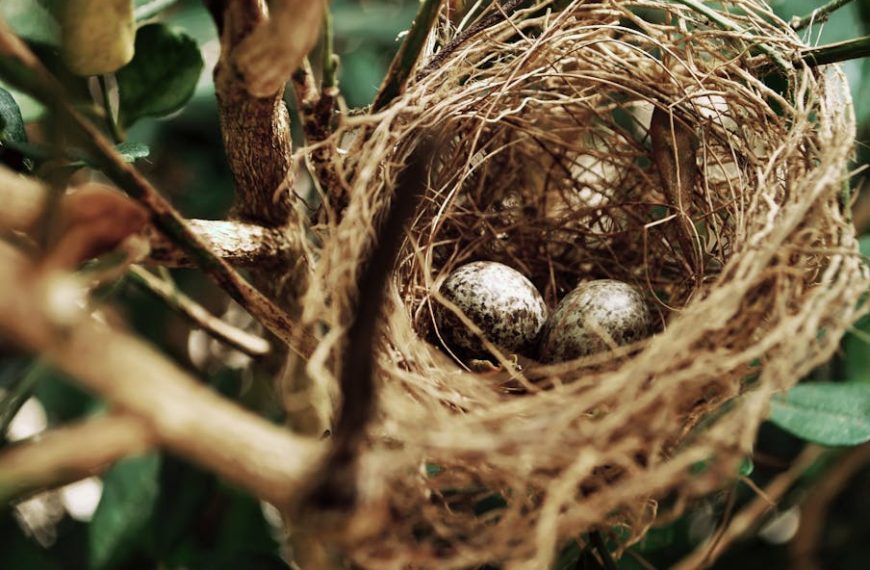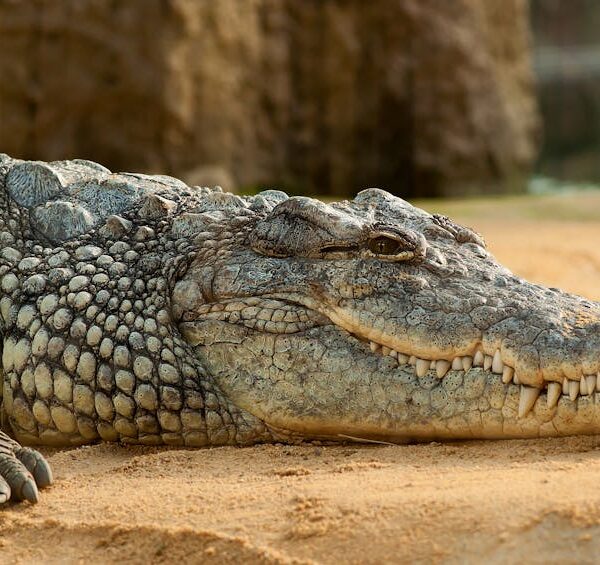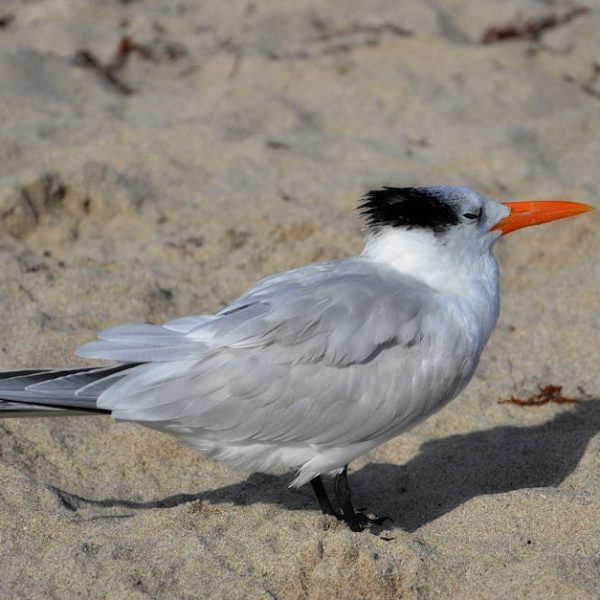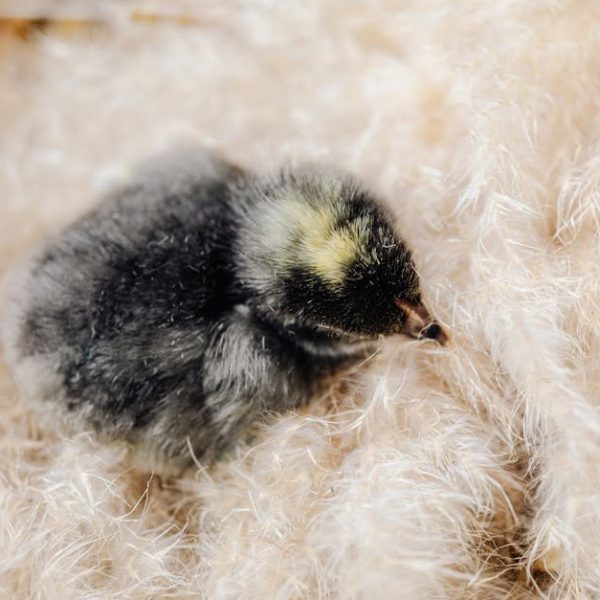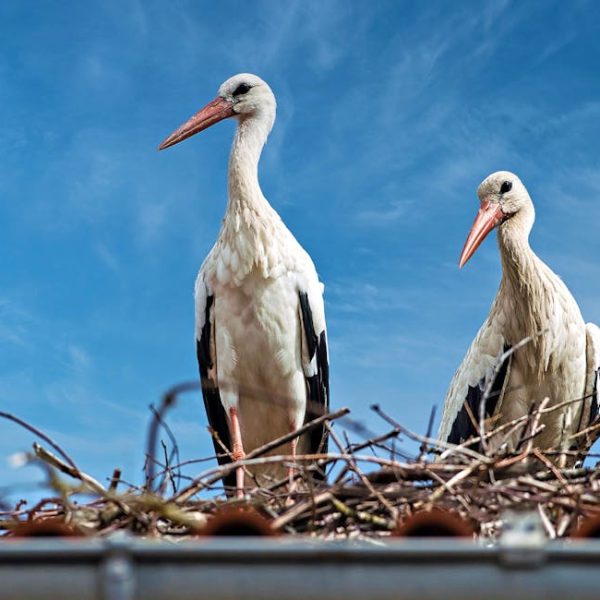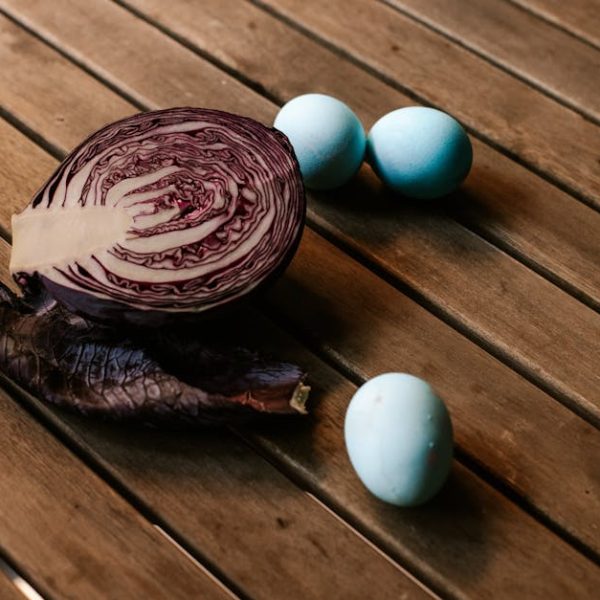When we think about the sheer scale of biodiversity in our world, it’s easy to overlook how precarious some species’ survival truly is. Among the most fragile of these are baby birds, nestled in the confines of their delicate nests, whose lives are often tenacious and brief. Several factors contribute to their mortality, some natural and inherent in the cycle of life, while others stem from human interference.
The Impact of Predation on Baby Birds
It’s a dog-eat-dog world out there, and perhaps nowhere is this truer than in the animal kingdom. Predation is a natural and significant contributor to baby bird mortality. Predators run the gamut from other, larger birds, mammals such as cats, raccoons, and squirrels, and reptiles like snakes. The vulnerability of baby birds is heavily influenced by nest location and the bird species.
Nesting materials and location have distinct pros and cons when it comes to thwarting off predators. Ground-nesting birds, for example, may suffer more predation from land-based predators, while cavity or tree nesters may be well-protected against such threats but stand at risk from aerial or tree-climbing predators.
Best Practice Tip: Homeowners and property managers can aid in reducing the threat of predation by keeping trees trimmed away from building structures, securing trash cans, and discouraging feral cats and dogs in the area.
Poor Nutrition and Starvation
Aside from predation, starvation is a considerable threat to baby birds’ survival, often stemming from poor parental provision. Parents of the avian world have a daunting task of frequently foraging for food to stave off their offspring’s constant hunger. If the parent birds are unsuccessful in procuring sufficient food or are hindered by predators themselves, the baby birds risk malnourishment and starvation.
For those privileged with glimpses into the world of rearing birds, signs of undernourished chicks such as lack of growth, weakness, and constant open-mouthed begging are indicators that intervention may be necessary.
Pro Tip: If you spot a baby bird that’s starving, don’t step in immediately. Instead, observe from a distance to see if the parents are around. If they’re not, contact local wildlife rescue centers for advice.
Influence of Weather and Climate Conditions
Baby birds’ survival is also greatly affected by the weather and climate conditions they are born into. Extremes of temperature, storms, and dramatic environmental changes can all make the odds of survival less favorable. The timing of the breeding season is often set to coincide with the time of most abundant food; however, if weather patterns shift and food becomes scarce, chick mortality can increase significantly.
Creating havens for birds during severe weather, for instance, providing birdhouses that can shield them from wind or rain, can be one way for humans to offer support.
Pro Tip: Consider providing nesting boxes with greater protection from the elements. Place the boxes in a sheltered area facing away from prevailing winds.
Illness and Disease in Baby Birds
Did you realize that, like people, baby birds can be susceptible to a number of illnesses and diseases? These can range from parasitic infections due to pests like mites or lice to more severe illnesses such as Avian Pox, West Nile Virus, and Salmonellosis. Diseases in baby birds can significantly affect their chances of survival and increase mortality rates.
In their pristine nests, diseases can rapidly spread, especially if nesting hygiene is not adequately maintained by the parent birds. Moreover, some diseases can decimate local bird populations if not kept in check.
To identify if a bird is unwell, observe signs such as ruffled feathers, difficulty breathing, lack of appetite, or the bird’s inactivity.
Best Practice: If you come across a bird that you suspect may be sick, it’s crucial to keep your distance and not to try to treat the bird yourself. Instead, reach out to a local wildlife rehabilitator or animal control agency for assistance.
Human Interference: Friend or Foe?
Ah, the age-old question of man vs nature. Our presence in the natural world is often a double-edged sword, capable of both protecting and destroying. Despite our best intentions, human interference can sometimes, unfortunately, result in baby bird deaths.
Habitat destruction, whether it’s chopping down trees for firewood or clearing land for construction, can accidentally destroy bird nests. Even simple activities such as mowing the lawn might disturb ground-nesting birds. Additionally, pollution, including toxic chemicals and plastics, poses an ongoing threat to bird life.
Balancing the pros and cons of human intervention is a delicate matter. Helping can sometimes mean preserving space and minimally disturbing natural habitats.
| Urbanized Areas | Natural Habitats | |
|---|---|---|
| Predator Threat | High (due to domestic cats, rodents, etc.) | Variable (depends on predator biodiversity) |
| Nutritional Deficiency | High (due to less diverse food sources) | Lower (richer biodiversity offers a variety of food sources) |
| Weather/Climate Influence | High (less shelter against extreme weather) | Variable (depends on geographic location and climate patterns) |
| Disease Prevalence | High (more chance of incurred diseases due to pollution and human contact) | Lower (though still present, depending on species biodiversity) |
In conclusion, ensuring the survival of baby birds is a matter of understanding the threats they face and how we can help ameliorate them. With thoughtful action, we can make a positive impact on the majestic and fragile biodiversity that graces our skies.
Key Takeaway:
- Predation, poor nutrition, climate conditions, diseases, and human interference significantly impact the survival of baby birds.
- The bird species and the location of their nest affect their vulnerability towards different predators.
- Baby bird mortality can increase due to parental failure in providing adequate nourishment or unfavorable weather and climate conditions.
- Illnesses ranging from parasitic infections to lethal diseases like Avian Pox can affect their chances of survival and escalate mortality rates.
- Even well-intended human interference sometimes results in baby bird death due to habitat destruction or disturbances.
In the face of these threats, understanding the dynamics and offering appropriate solutions can promote the survival of baby birds. By staying vigilant about their surroundings and reaching out to local wildlife centers in case of any concerns, humans can play a hands-on role in healing and preserving our nature’s intricate ecosystem.
FAQs
Q: What are the primary predators of baby birds in urban areas?
A: Common predators in urban areas include domestic and feral cats, rodents, and larger predatory birds.
Q: How can I tell if a baby bird is malnourished or struggling to find food?
A: Indicators of a malnourished bird include lack of growth, weakness, and the bird continuously begging for food with its mouth open.
Q: What can I do to protect bird nests in my yard during extreme weather conditions?
A: Consider providing nesting boxes that offer protection from the harsh elements, and place these boxes in sheltered areas facing away from prevailing winds.
Q: What should I do if I find a bird that seems to be sick?
A: If you encounter a bird that appears to be sick, avoid close contact and do not attempt to treat the bird yourself. Instead, reach out to a local wildlife rehabilitator or animal control agency immediately.
Q: How can human activities pose a threat to bird nests?
A: Activities like chopping down trees, clearing land for construction, mowing the lawn, or even pollution can destroy bird nests or critically affect the bird populations.
Feel free to share this article and visit our website for more insightful posts on wildlife and living harmoniously with our natural world.
